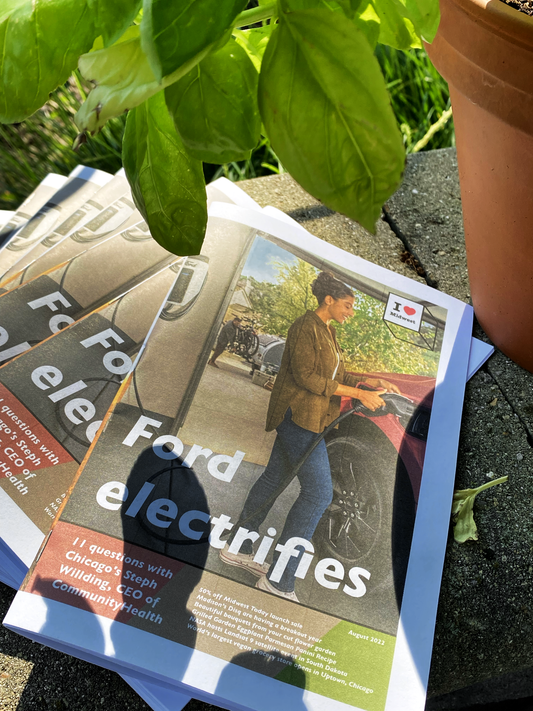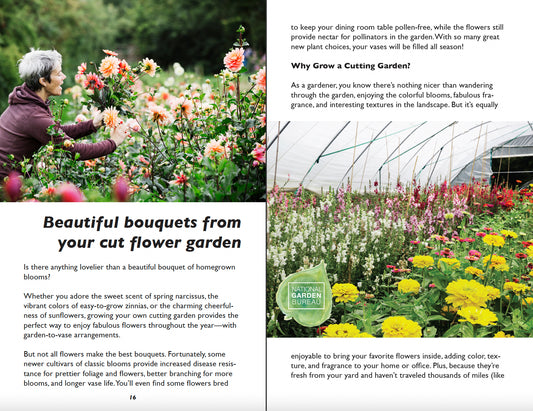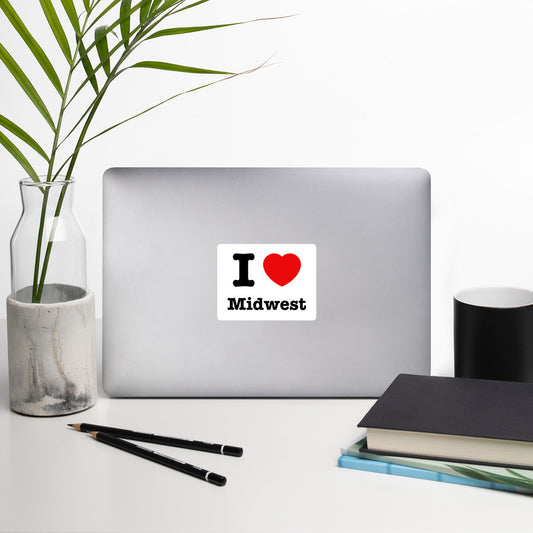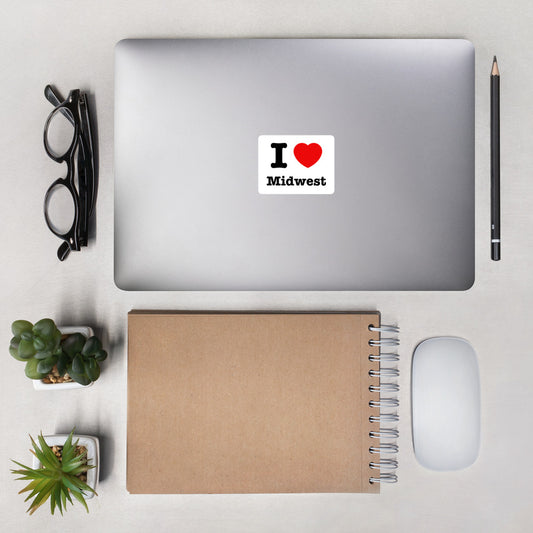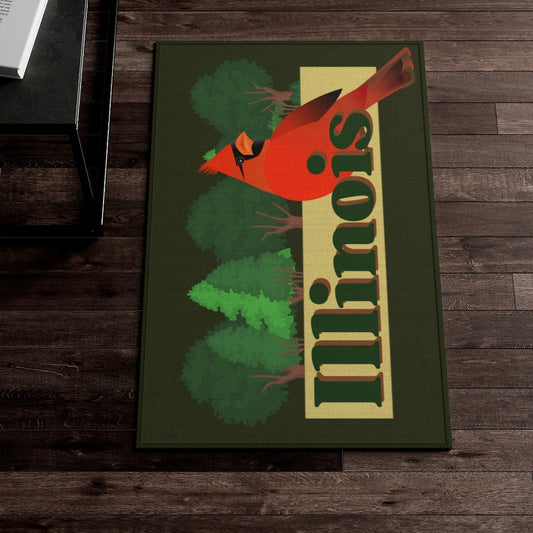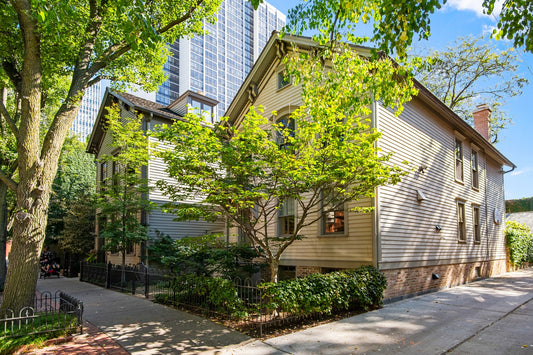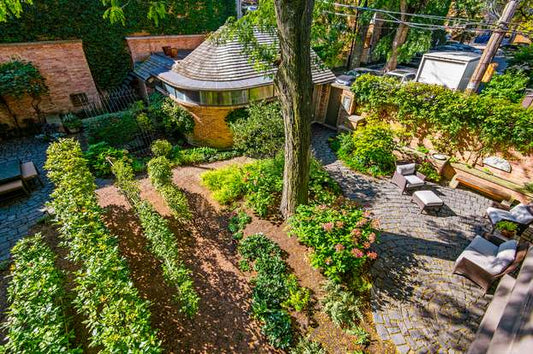Indoor Gardening can be a great way to extend the growing season of your garden. It is also an easy way to learn how to garden and it affords people who have limited mobility the opportunity to enjoy a great gardening experience if they cannot easily manage the physical aspects that outdoor gardening requires. There are a couple of factors to consider when deciding how best to start indoor growing, such as your experience level, the volume and variety of produce you want, and your home’s lighting.
For experienced gardeners, an indoor garden will grow large tomatoes, peppers, and cucumbers right in their living room. If you are growing fruiting plants, flowers, or specialty herbs, expect your gardening time to require an hour a week for pruning, watering, fertilizing, pollinating and transplanting large plants. If you want a large variety of plants, then you’ll want to make sure the garden system you pick can expand to accommodate the varietals you prefer.

For those new to gardening, it's best to start off with smaller, simpler plants like lettuce and herbs. These are easy-to-grow plants that range in color, size, and flavor. Varieties such as Romaine Lettuce, Genovese Basil, Cilantro, Parsley, and Arugula are lower maintenance plants requiring only 20-30 minutes per week.
Once you have your plants picked out, the next step is in determining what kind of light you have. Most plant growers use the terms “full sun,” (6+ hours) “partial sun,” (3 hours) and “partial shade” for indirect light. If you want to grow larger plants, you will want to purchase LED grow lights or buy an indoor garden that has them already incorporated. When looking at lights for plants, the main thing to pay attention to is the PAR value (Photosynthetic Active Radiation). The best rule of thumb is that greens and herbs need a PAR of about 200, and fruiting plants need around 400.

Large or small plants can be grown in indoor containers or in a hydroponic system. For a DIY hydroponic system, you will need to invest in lights, pumps, a growing container and growing medium. The price of these can add up, so it would be worth exploring an already-built WiFi-connected “smart garden” such as those sold by Rise Gardens and others. Here are a few factors to consider when evaluating these:
- Flexibility and varieties of plants you can grow - does the garden offer vining trellises and a large variety of seeds or seed pods? Tower systems take up less horizontal space, but won’t grow large plants such as tomatoes or peppers.
- Size, dimensions and style - will this garden fit into your home? Does the look of the garden fit your home’s aesthetic? Do you have floor space or only a counter-top?
- Ease of use - Does the garden offer a mobile app to guide you through the process of planting, watering, fertilization and harvesting the plants?

Overall, picking a system that will let you accomplish your goals considering the factors of experience, time, space, and lighting will get you started off on the right foot. It’s important to remember that some experimentation and failure is both necessary and part of the fun for any gardener.
Written by Angelo Kelvakis, Rise Gardens Master Horticulturalist
After running Loyola University’s ‘Ecodome,’ a large aquaponics lab, Angelo Kelvakis joined Rise Gardens as Director of Research and Development and Master Horticulturalist. Specifically, Angelo is in charge of plant growth optimization, database creation, experimental design, and project management of the products produced by Rise Gardens, one of the leading makers of indoor, hydroponic smart garden systems.

